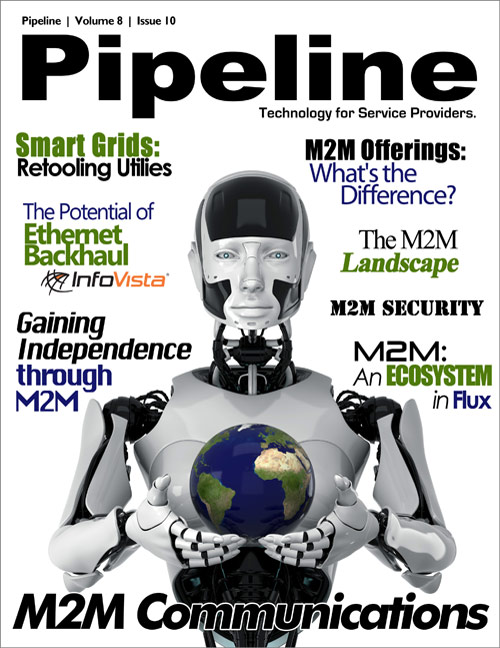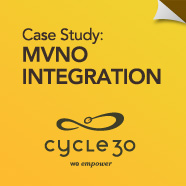By: Tim Young

Just a few weeks ago, Cisco released the latest iteration of its Visual Networking Index (VNI) Global Mobile Data forecast, which had plenty to say about the shape of things to come. The report (and you can read more about it here) has lots of interesting things to say about the massive volumes that will be careening through the airwaves in the years to come. Among other things, Cisco figures that by 2016, annual mobile data traffic will exceed 130 exabytes.
That’s a lot of email and kitten videos.
But there’s something else in that forecast that bears mentioning: Cisco figures that by 2016, there will be 10 billion mobile internet connected devices. That’s especially impressive considering the world’s population will be somewhere around 7.3 billion that same year.
That number will manage to swell to such a size due to the prevalence of conversations to which no human is invited. Instead, it will be M2M that catapults mobile data past the constraints of human population.
Service providers have answered the call (pardon the pun) to provide connectivity to these chatty parking meters and vending machines, as many of the world’s top service providers have been promoting their forays into the M2M realm. But with so many CSPs on the case, how can enterprise customers looking to leverage M2M assets distinguish between the offerings? Are customers content with basic connectivity, or are their demands more complicated? Are M2M connections a one-size-fits-all proposition, or do different devices have different demands?
In short, where is the differentiation?
The analyst community is mixed on the answer to that, but think that the keys to M2M have a lot to do with the letter “p”. Analysys Mason’s Steve Hilton posits that the key to M2M success for service providers comes down to five “p”s: Distinct points that the service provider must address to offer successful M2M solutions. They range from “prioritization”—which specific M2M offerings are the best and most profitable fit for the service provider—to “persona”—how the service provider should market itself as an M2M leader.
Not to be outdone, Matt Hatton of the M2M-specific analyst firm Machina Research asserts that future M2M success is dominated by six “p”s: Pedigree, Platform, Place, Partnerships, Process, and People. Furthermore, based on those criteria, Machina names some firms that are best-positioned for M2M success, with Vodafone leading the pack. “In particular, its global scale gives it a substantial competitive differentiator,” Hatton said in a statement from the firm. “While I wouldn’t say that they are streets ahead of the competition, Vodafone was our clear winner.”
Hatton says that picking a second-place winner was more difficult, with AT&T, Verizon, Telenor, and others all having strong claims to that distinction. Ultimately, however, it was Deutsche Telekom that took home the silver medal, thanks in part to their in-house integrator and strong partnerships.
But those titles are based on prospects for future dominance. Providers like Verizon and AT&T have millions of installed M2M connections today (Machina notes that VZ has 9 million at the moment, while Ma Bell has 12 million). But these numbers, while sizable, are a drop in the network-connected bucket compared to future prospects. (You can find a release on the Machina report here.)








